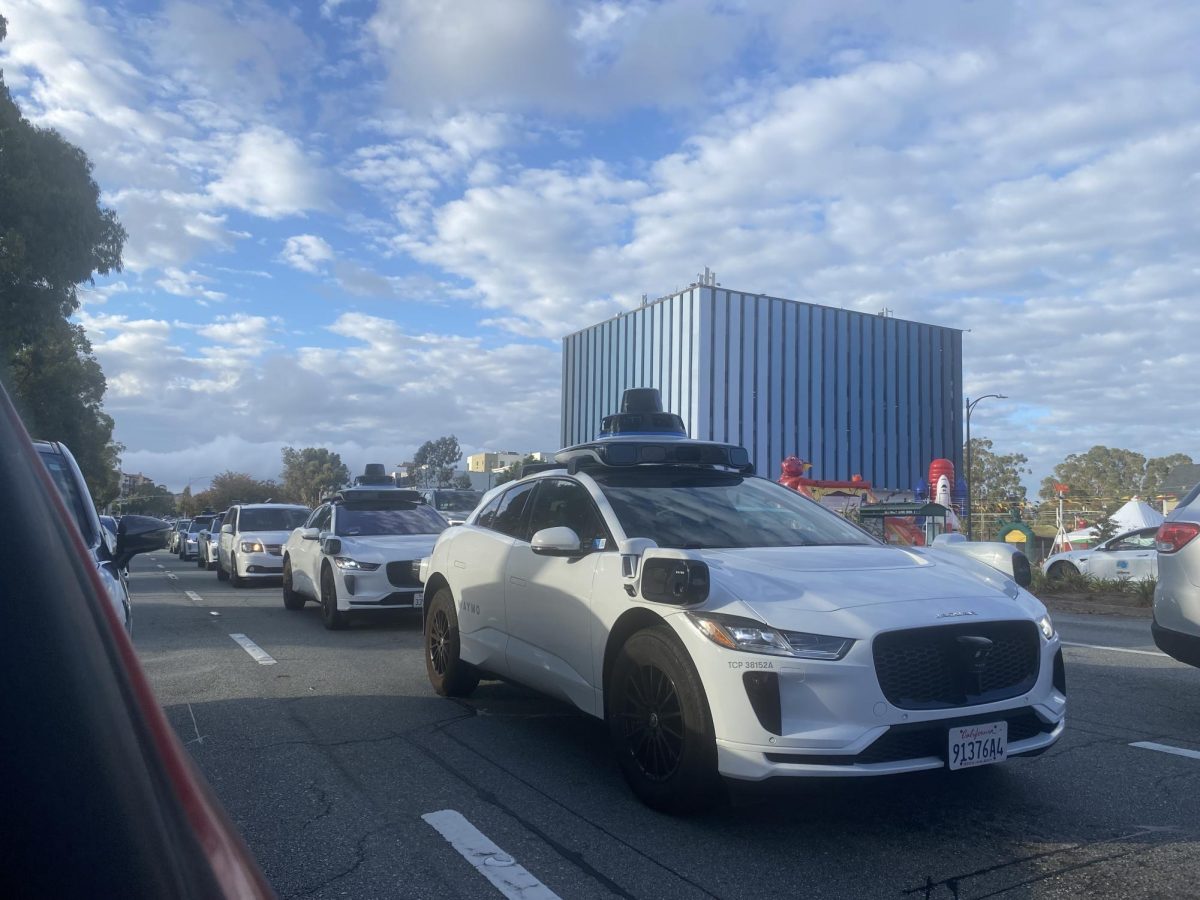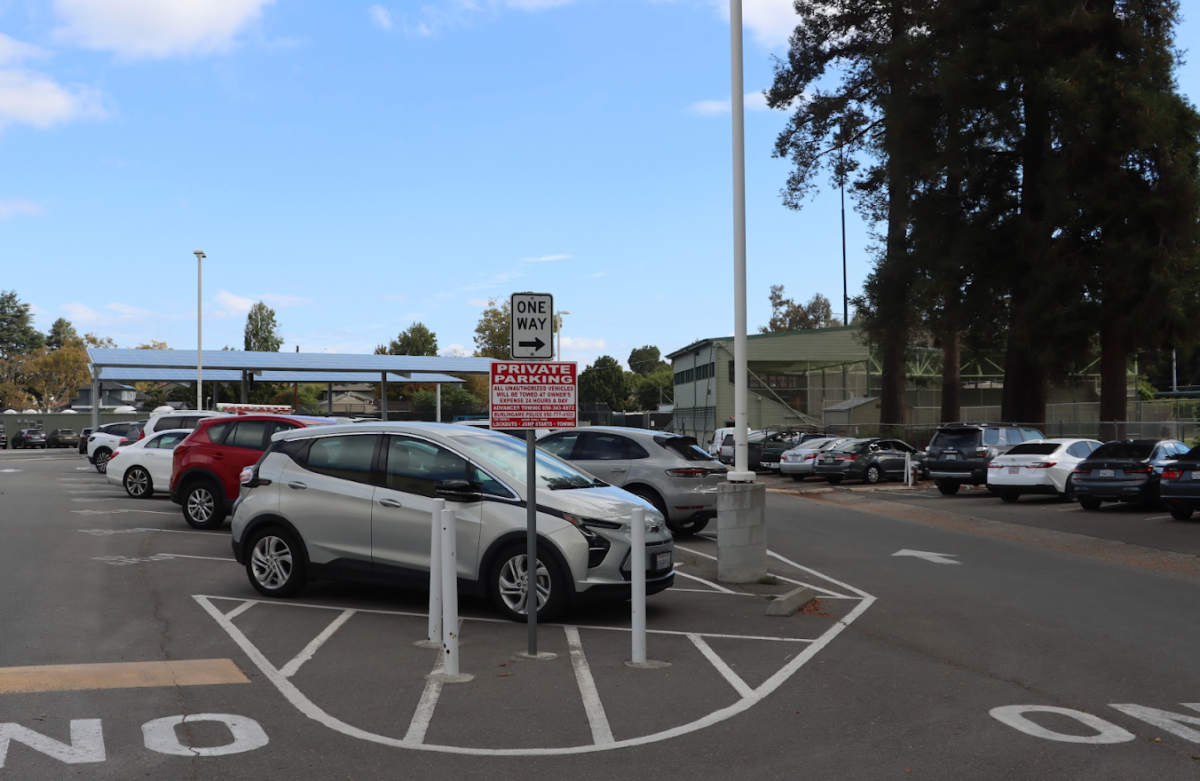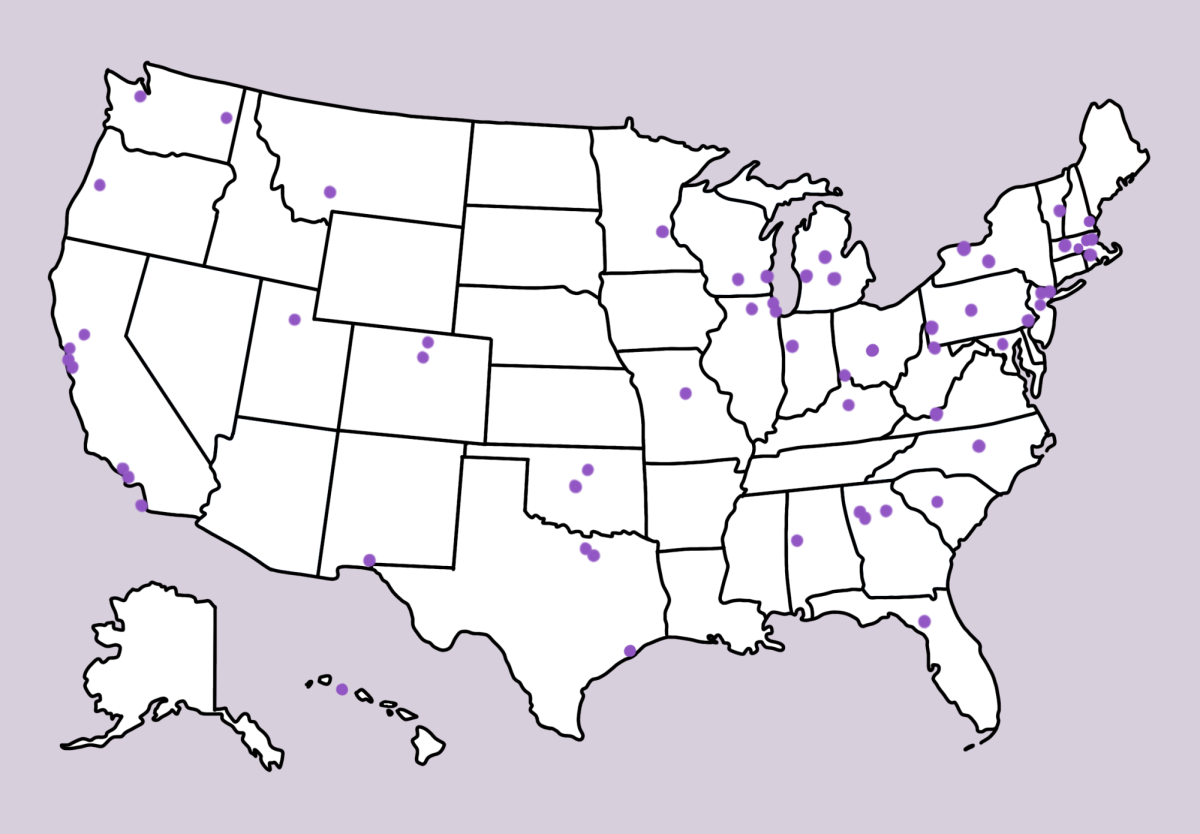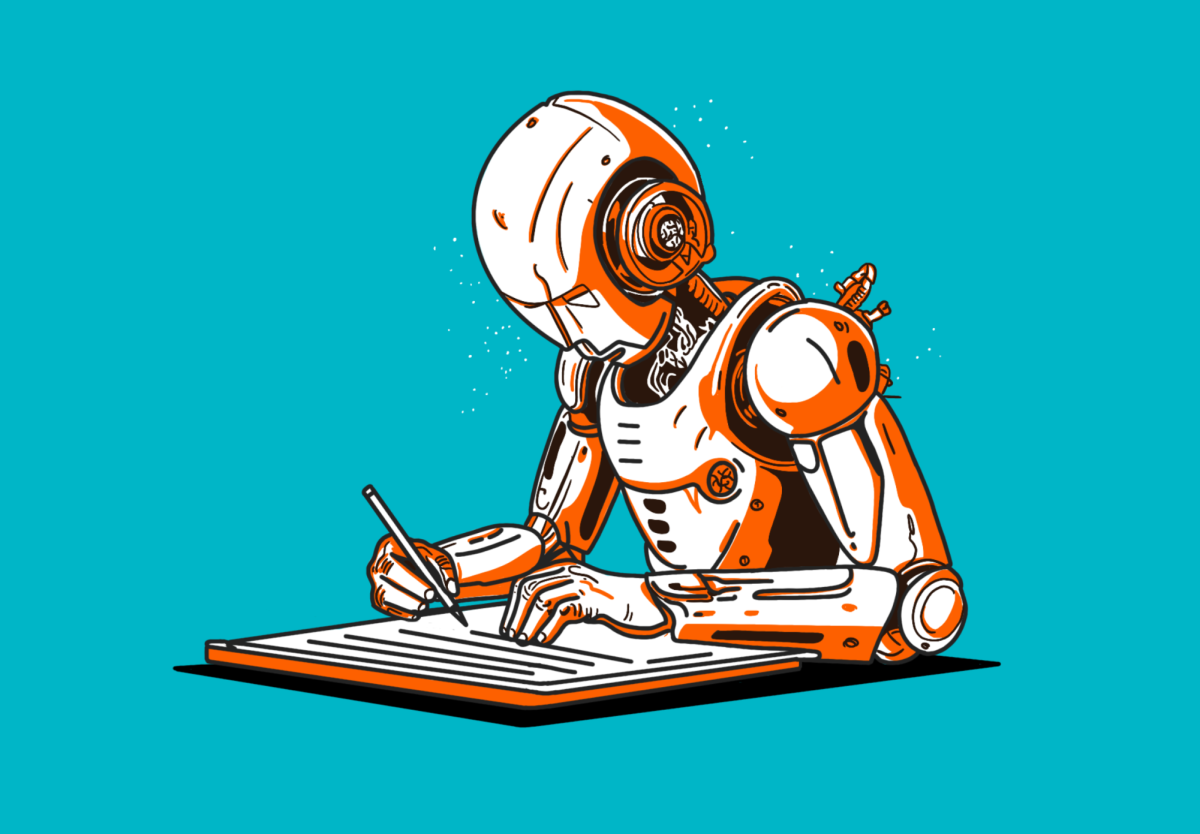Find an equation to fit this graph. Solve for x-values in this exponential function. Use the infamous quadratic formula. These are typical, if mind-numbing, Scholastic Aptitude Test (SAT) math questions. Unit circle? Inverse trigonometric functions? Derivatives? Not so much. And yet the first digital SAT nationally administered within the United States on March 9 included such topics — topics which, I believe, are too challenging for the average high school student, and defeat the holistic purpose of the SAT.
If students follow the standard math progression, they won’t even learn about the unit circle or trigonometric functions until their senior year when they take Precalculus, and won’t touch derivatives — calculus material — until college. While many students do pursue accelerated math sequences, even they won’t take Advanced Placement Calculus until senior year, making it both unreasonable and inequitable to put on the test. According to the New York Post, students labeled the first digital SAT exam’s math section as the “worst one yet.”
And it’s true. Despite consistently scoring 750s and above on my practice tests, I didn’t come close to that split on the actual exam — in fact, I scored a whopping 70 points lower. Fr both me and junior Lexie Levitt, the complex content in the second math module gave rise to a second dilemma: the problems were much more time-consuming than we anticipated, causing us to rush.
“The second [mathematics] module was definitely, for me, at least, really different from the practice material I had done,” junior Lexie Levitt said. “In my past materials, I had 790s, 800s on my math section, but then on the actual test, I scored 690, which is much lower than I thought it was going to be.”
On the digital SAT, there are two modules per section. Everyone starts with an easy first module to test basic understanding of both English and math. Next, if you do well on the first module, the second module gradually ramps up in difficulty, “adapting” to your intellectual ability. For junior Andrew Lee, the progressive difficulty made time management much more challenging than on the paper test.
“I was running out of time towards the end and couldn’t answer all of the questions in time but on the practice tests, I had so much more cushion and even had time left over sometimes,” Lee said. “Usually, Bluebook only tests you on a few hard questions to differentiate between [a score of] 1400 and 1600 but on this exam, there were so many more of those challenging questions that you typically see at the end of the module.”
While I acknowledge that the SAT should remain challenging to truly evaluate a student’s academic ability, a shorter time frame of two hours and 14 minutes on the testing format should correlate to fewer complex questions. This way, students can finish the test on time and not leave any unanswered question slots.
Another daunting concern posed by the Digital March SAT was the technical aspect. Many students grappled with unexpected testing obstacles, from login issues to software malfunctions.
Both Levitt and I were unable to use our school-issued Chromebooks because of the district-protected Wi-Fi security concerns at Lowell High School. Thus, we had to go to the Help Center to borrow another San Francisco High School Union District-issued computer, pushing back our exam start time. For Lee, his Bluebook app kept crashing despite conducting test runs the night before, delaying his test start by an hour and a half at Carlmont High School.
Overall, while the digital SAT is shorter and more efficient, it is far from perfect. The unpredictability of exam content is stressful and can lead to a significant shift in overall score projections. As more universities require the SAT again, Levitt and I both feel that our grade is in the unfortunate position of being the College Board’s test subject.
“The math module seems so hard because it’s the first testing so [College Board] starts harder and moves easier. It sucks as our year is 2025 and we would have to have the harder tests,” Levitt said. “As a guinea pig, it’s a little bit like ‘Oh, in the future, it’s going to be easier and people are going to have higher scores than me.’ That’s not great, but it’s something that I’ve prepared myself for.”









































